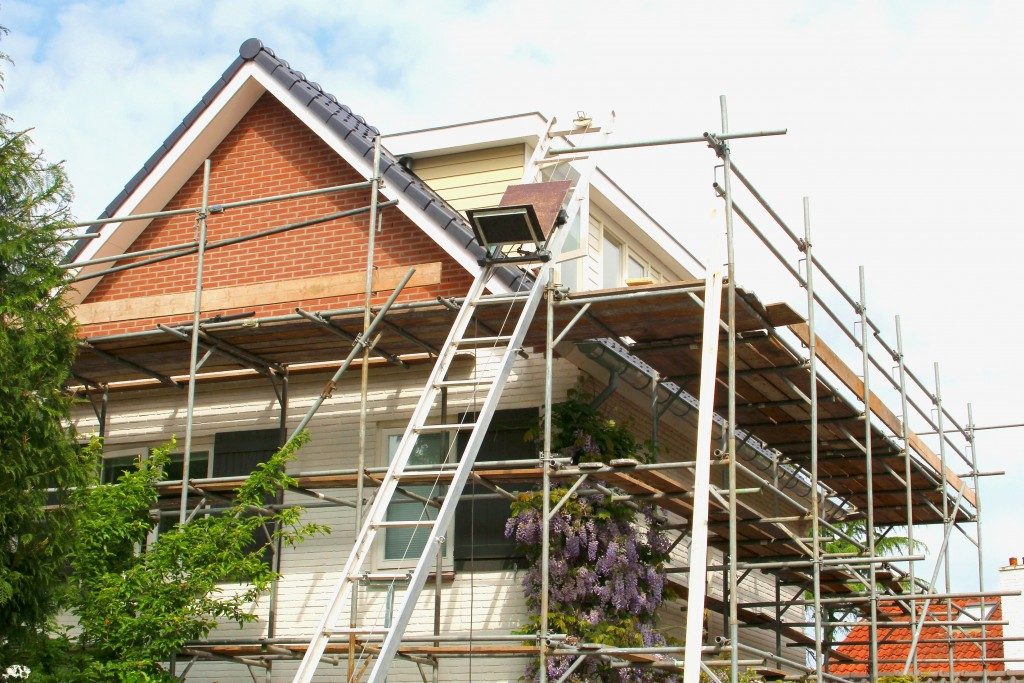Having a home is one of the basic necessities of life. Some get theirs second hand, others build it from scratch, and quite a few inherit their ancestral homes. One thing is common among the three: the need for refurbishing and repairs every few years. When considering what to do for your own home, think about the following tips. Not only will they prolong the life of the mentioned parts of the house, but they will also revamp the look of your home.
Window Films
Certain types of glass automatically block out UV light and help conserve energy. For old homes or windows that do not come with these features, window films are the next best option if they’re in too good of a condition to be replaced. Window films can be attached to the exterior or interior of a glass surface. Modern after-market films avoid the problem of old-technology window films. Instead of absorbing more light than heat, modern window films help lower solar heat gain while still lowering the transmission of infrared radiation inside homes. New window films allow natural light in the home without the heat and harmful unseen components of solar rays.
Deck Waterproofing
Decks are where family gatherings, friendly hangouts, and outdoor relaxation time takes place when the grass is too hot or a downpour has made it too muddy. A deck built in the last decade is expected to be waterproof and polished to the nines. Wear and tear from use and exposure to the elements will eventually scrape away the deck surfacing and may even remove its waterproofing. Waterproofing deck surfacing is a must. Aesthetically, owners are saving their quality decks from looking drab. Practically, a waterproofed deck is also one that can withstand great heat.

To protect your deck from the elements, shelter it from the sun and rain by improving the shade over it. Unshaded, freestanding decks can still be protected by running a membrane under the boards to protect it from being waterlogged. Sealants such as decking oils should be applied once a year and the rustproofing of bearers, beams, and joints should be checked. Wood stains can return the finish of the deck without sanding.
House Insulation
Newer homes tend to have good insulation. On the flip side, older homes tend to require extra insulation or have what’s in-between their walls replaced to save on energy bills. Home energy auditors with verified qualifications can help homeowners asses which parts of your home need air sealing before extra insulation can be inserted.
Air sealing is a must before any insulation can be added. Sealing any holes where cold air can seep in during winter and where conditioned air can leak out during summer is an important part of the insulation process itself. Caulking and weatherstripping are two ways of sealing leaks and preventing moisture from accumulating between wall layers.
Adding insulation to an existing home after air sealing means knowing what kind of material to put and where. Insulation should be applied on the exterior or interior of concrete block foundations. Foam or rigid foam can be used for exterior sheathing, while loose-fill and blown-in insulation can be put in enclosed spaces such as attics. Radiant barriers are usually installed in attics to reduce heat gain.
Most of these improvements are DIY-friendly. But if your schedule does not permit it, or if these fixes are too advance for you, it may be best to call a professional in. Professional rates vary per service and product. You may provide the product to reduce the rates. Consult the rate table of professionals to avoid hidden fees.
